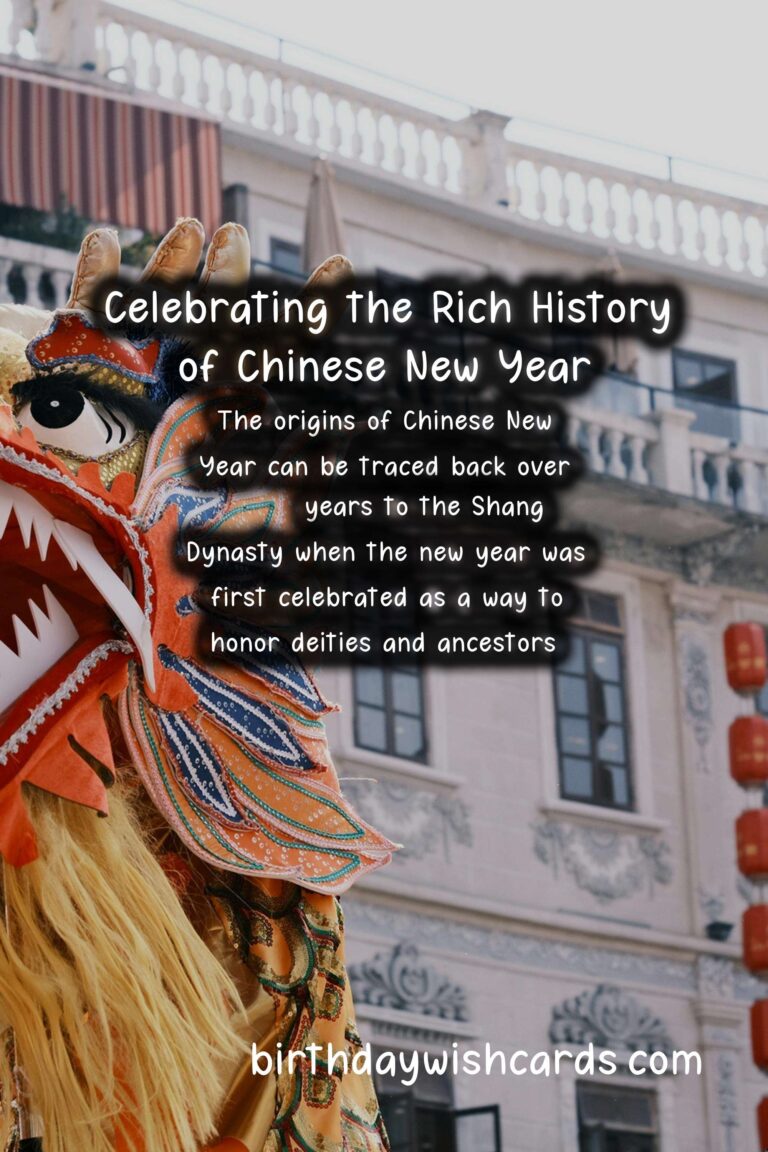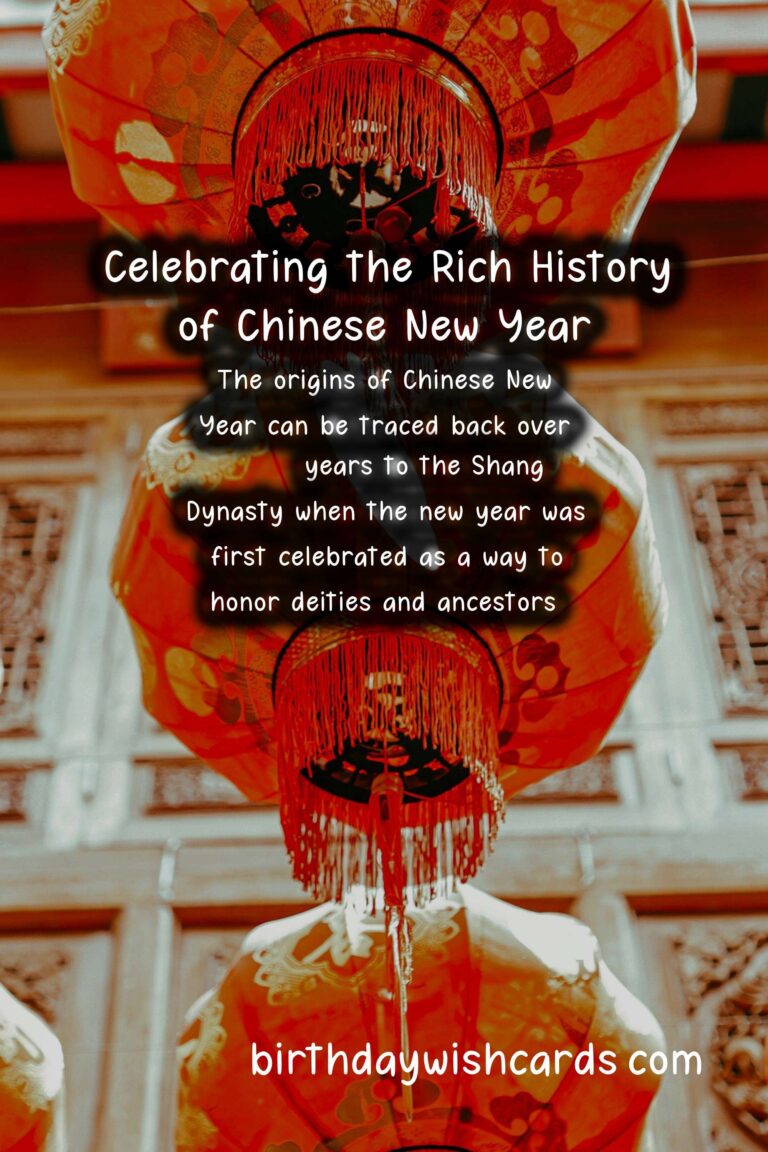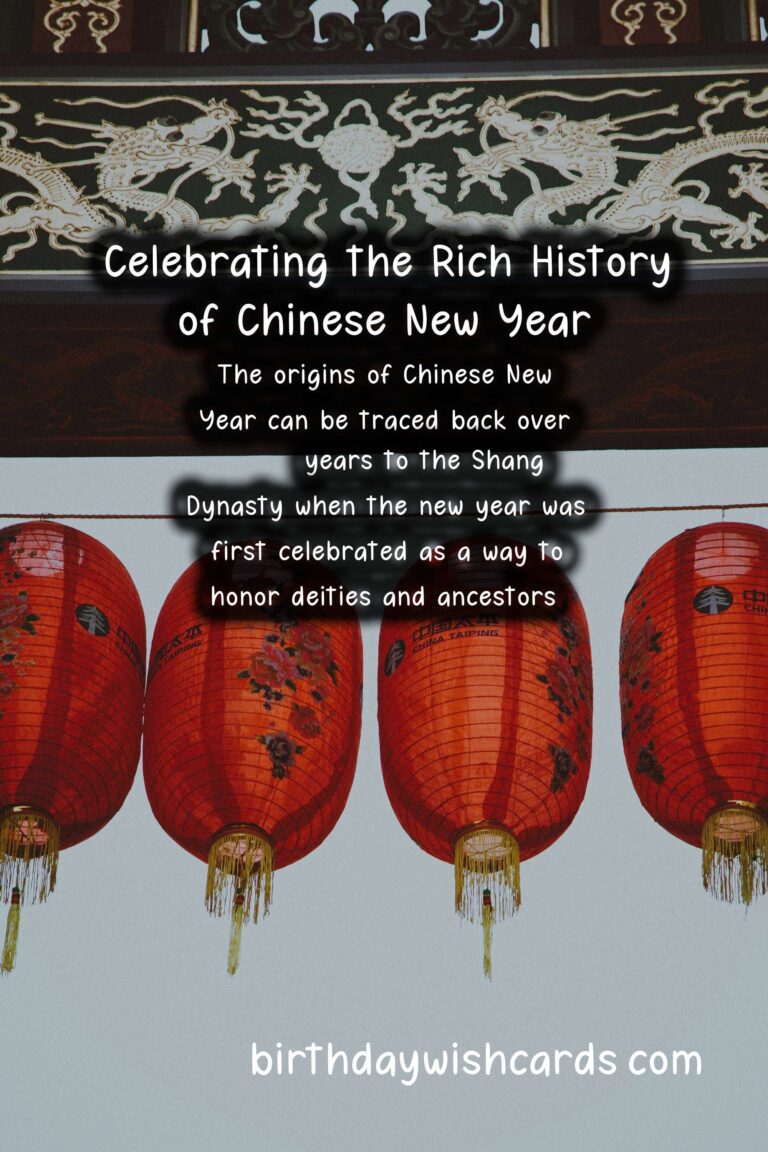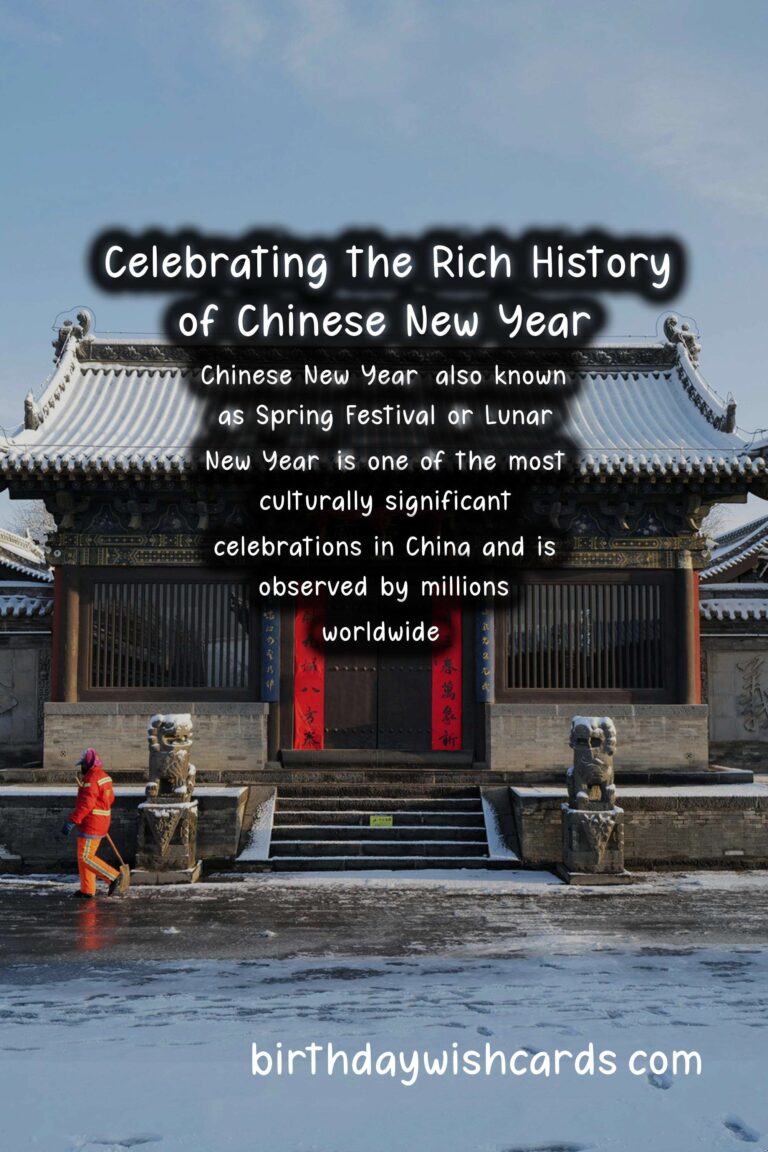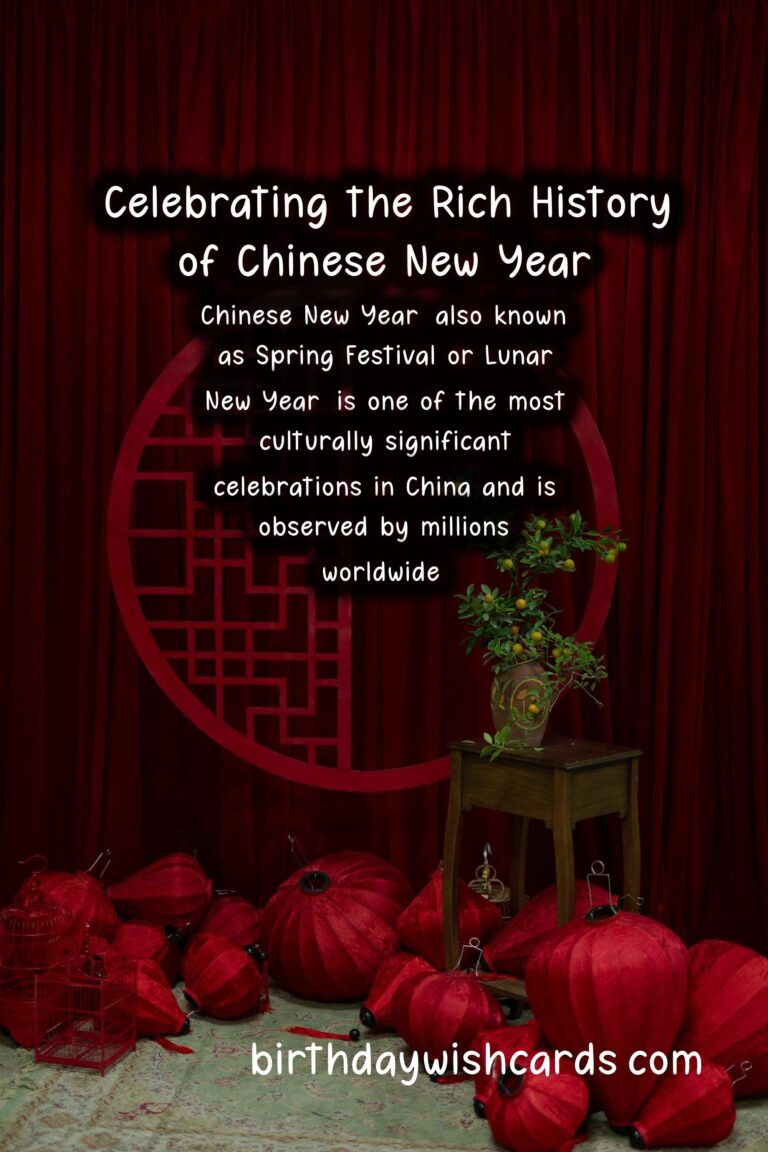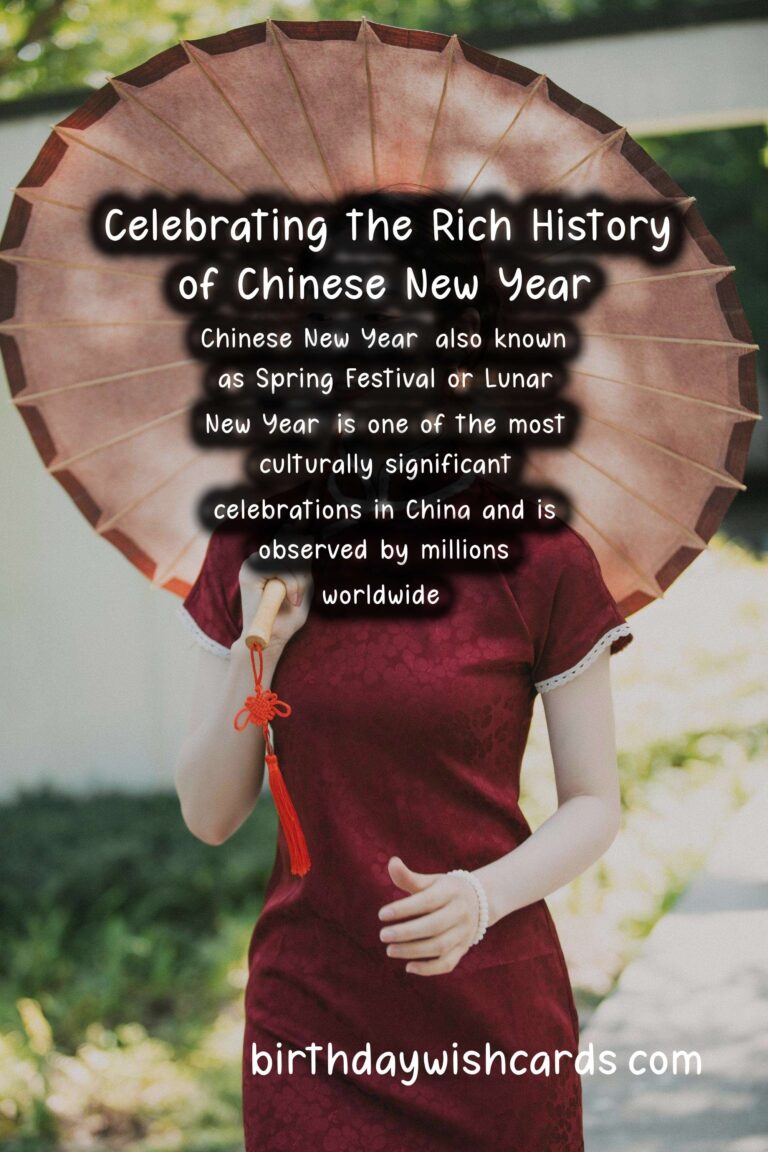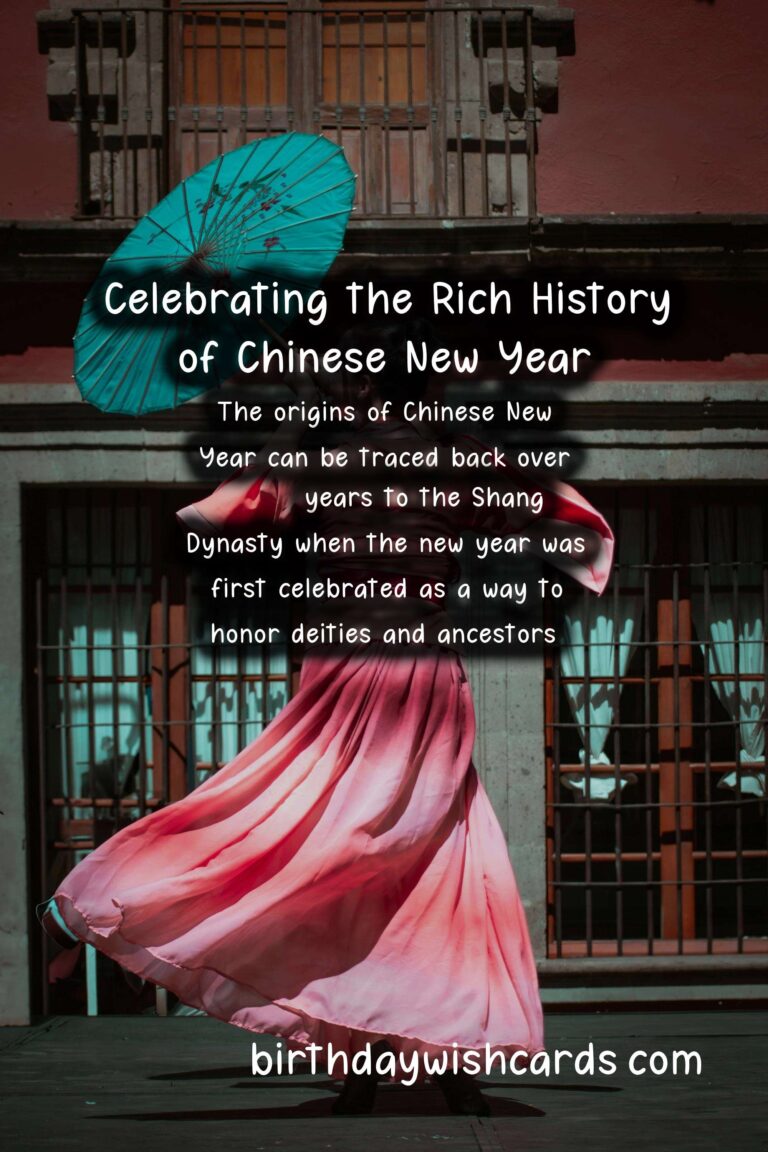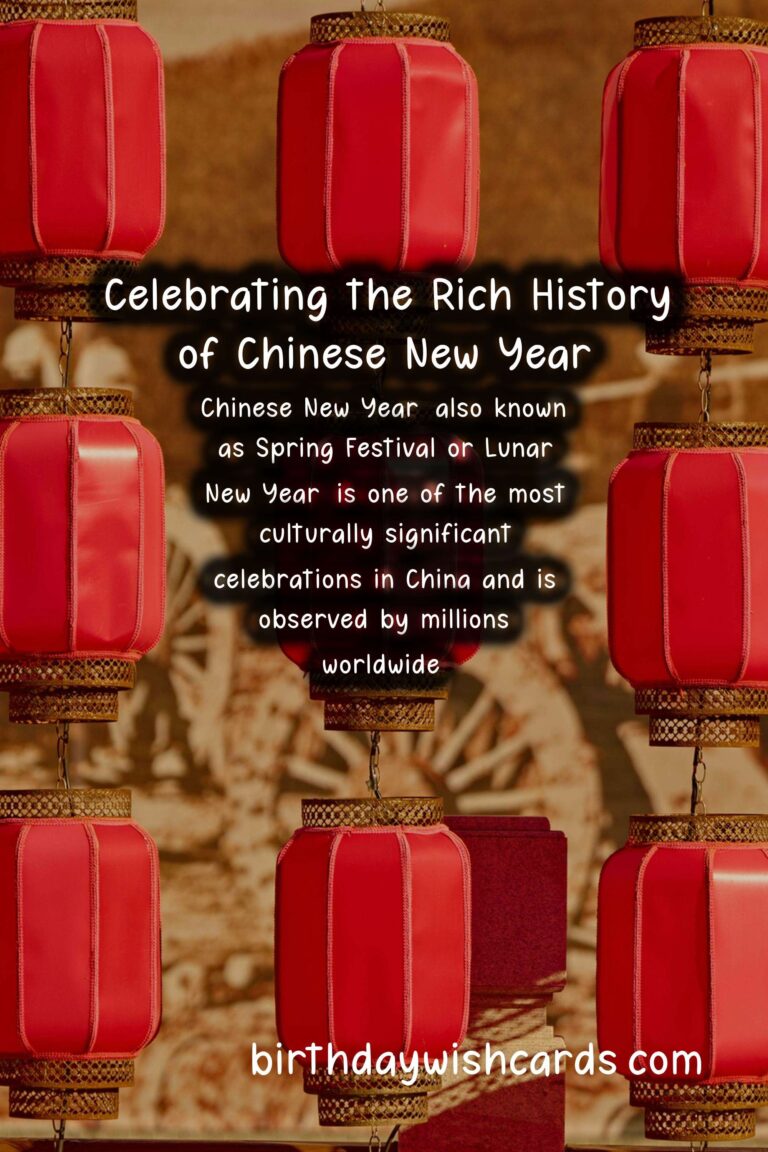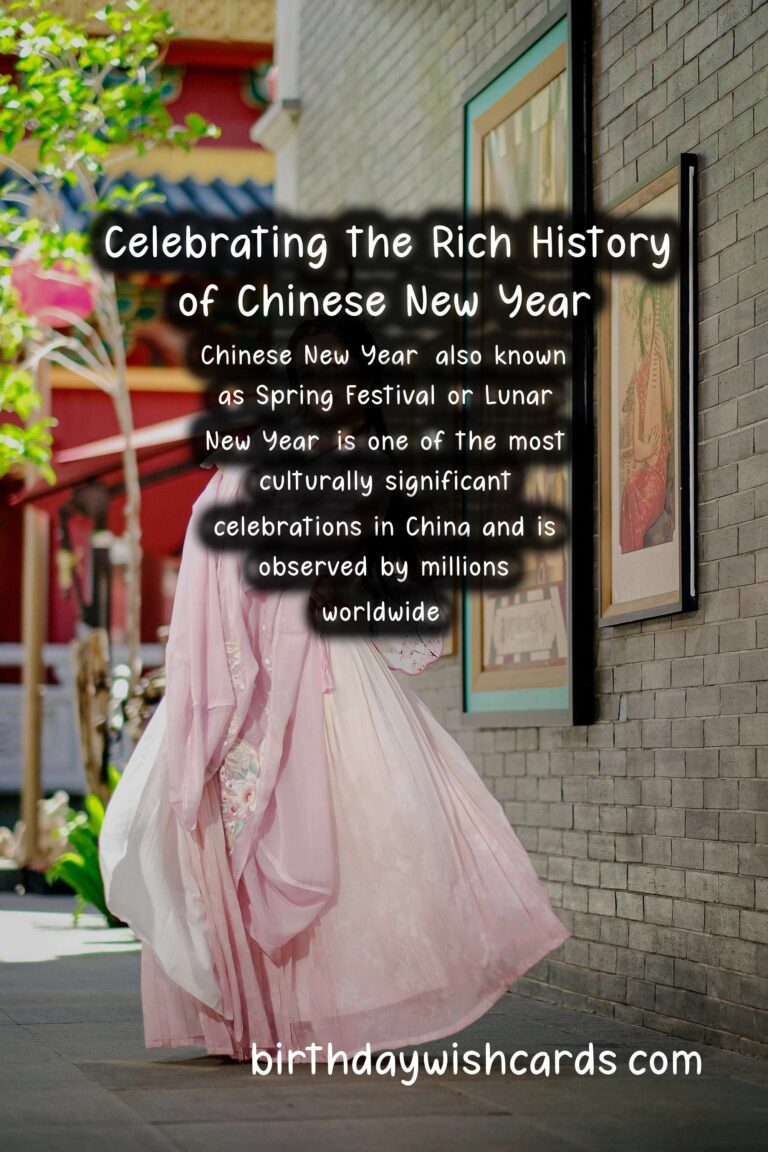
Chinese New Year, also known as Spring Festival or Lunar New Year, is one of the most culturally significant celebrations in China and is observed by millions worldwide. This joyous occasion marks the beginning of the lunar calendar and falls between January 21 and February 20 each year. The history of Chinese New Year is rich and complex, weaving together mythology, tradition, and cultural evolution.
Origins of Chinese New Year
The origins of Chinese New Year can be traced back over 3,000 years to the Shang Dynasty when the new year was first celebrated as a way to honor deities and ancestors. It was also a time to pray for good harvests and ward off evil spirits. Through various dynasties, the festival evolved and incorporated numerous customs and traditions.
Myth of the Nian
One of the most popular legends associated with Chinese New Year is the myth of the Nian, a ferocious beast that would emerge at the end of each lunar year to terrorize villages. According to the legend, the creature would devour crops, livestock, and even people. To protect themselves, villagers developed several strategies; they discovered that the Nian was frightened by loud noises, bright lights, and the color red. This led to the traditions of fireworks, lanterns, and the use of red decorations during the New Year celebrations.
Evolution Through Dynasties
Throughout China’s history, the celebration of the New Year has undergone significant transformations. During the Han Dynasty (206 BC-220 AD), the festival was formalized, and lasting traditions such as family reunions and feasting were established. The Tang (618-907 AD) and Song (960-1279 AD) dynasties further enriched the holiday with cultural festivities, including poetry and performances.
In the Ming (1368-1644 AD) and Qing (1644-1912 AD) dynasties, the customs solidified into what many recognize today. The observance of Chinese New Year rituals became more standardized, incorporating elements that emphasized family, reverence for ancestors, and community.
Symbolism of Traditions
Many of the customs associated with Chinese New Year are steeped in symbolism. The reunion dinner on New Year’s Eve represents the importance of family bonds and unity. Each dish served holds special meaning, like fish, which symbolizes abundance, and dumplings, representing wealth.
Another significant tradition is the giving of red envelopes, or ‘hongbao,’ which symbolize good luck and prosperity. The color red is prominent throughout the celebrations, as it is believed to ward off evil spirits and bring good fortune. Additionally, lion and dragon dances feature prominently during the festivities, intended to scare away negativity and invite blessings for the new year.
Modern Celebrations
In contemporary society, Chinese New Year celebrations have adapted to modern life while still honoring traditional customs. Celebrations in urban areas can include elaborate parades, fireworks displays, and cultural performances. However, the essence of the festival remains rooted in family gatherings and honoring one’s ancestors, whether in traditional ceremonies or casual family dinners.
The global diaspora of the Chinese community has also transformed how Chinese New Year is celebrated internationally. Cities around the world, such as San Francisco, London, and Sydney, host vibrant parades showcasing lion dances, martial arts, and cultural performances, allowing people from different backgrounds to participate in the festivities.
Conclusion
Chinese New Year is more than just a celebration; it is a time for reflection, thanksgiving, and hope for new beginnings. As it continues to evolve, the essence and spirit of Chinese New Year endure, embracing both tradition and innovation. Whether in the heart of China or thousands of miles away, the celebration remains a vivid tapestry of culture, heralding joy, togetherness, and prosperity for the year ahead.
Chinese New Year, also known as Spring Festival or Lunar New Year, is one of the most culturally significant celebrations in China and is observed by millions worldwide. The origins of Chinese New Year can be traced back over 3,000 years to the Shang Dynasty when the new year was first celebrated as a way to honor deities and ancestors. 
